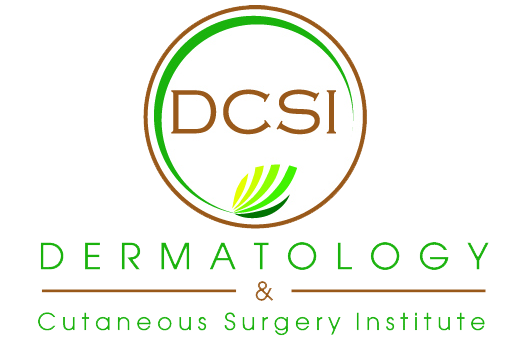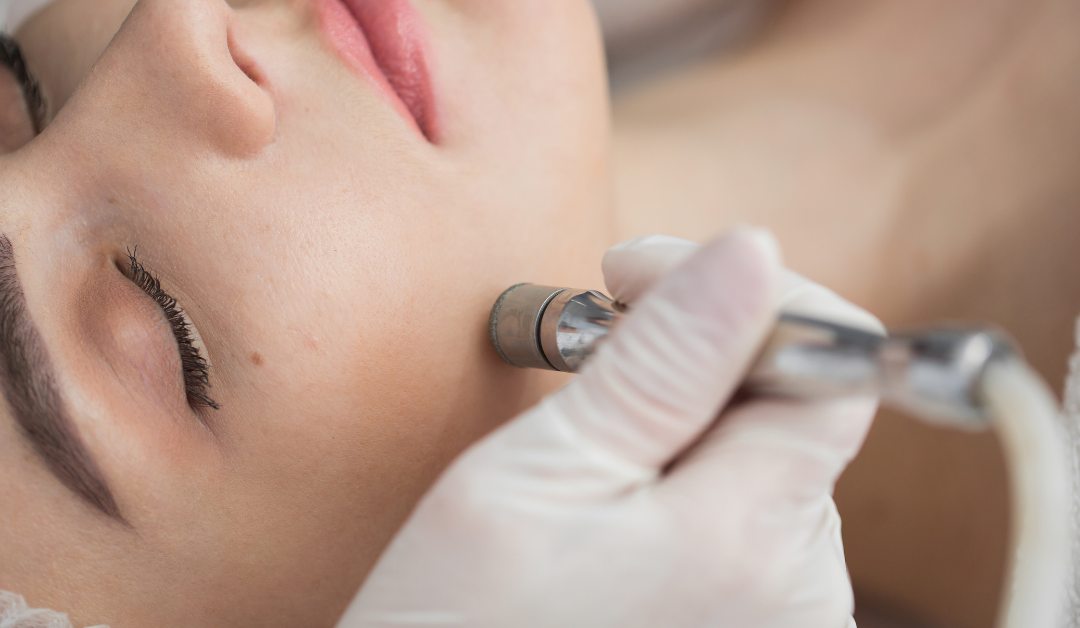Microdermabrasion and chemical peels are cosmetic procedures with many benefits that are used to exfoliate the skin. Both can be done in-office or at home. DCSI is a South Florida dermatologist that specializes in and offers both of these. It is important to know that microdermabrasion and chemical peels aren’t meant for all skin types. Learn about your skin type and pick which one is best for you.
While the two treatments are similar, they have their differences as well. Talk with your dermatologist and see what will be the best one to address your concerns.
What Is a Microdermabrasion Facial?
In this procedure, vibrating diamond-tipped or crystal-based devices are used to remove the top layer of dead cells from the skin. It works more as a physical exfoliant by scraping away the top layer. The treatment is used to remove full, dead skin cells and improve the skin’s appearance by:- Brightening
- Erasing fine lines
- Reducing hyperpigmentation
- Acne
- Hyperpigmentation
- Dry skin
- Fine lines
- Uneven pigmentation
- Clogged pores
- Rosacea
- Minor scars
- Skin texture problems
What Are Chemical Peels?
Chemical peels use chemical solutions to dissolve the skin instead of physically exfoliating the dead cells. It is a procedure that works deeper than microdermabrasion which reveals newer skin underneath. There will be a few days of peeling following the procedure, and it can be done at different levels depending on the skin type and concerns. Chemical facial peels are used to treat:- Acne
- Fine lines
- Brown spots
- Sagging skin
- Wrinkles
- Blemishes
- Hyperpigmentation
- Melasma
- Scars
Pros and Cons of Each Treatment
If you are wondering about getting one of these treatments, then our dermatologists in South Florida can show you the pros and cons of microdermabrasion vs. chemical peels. Pros of Microdermabrasion:- Painless and affordable
- Faster healing
- Glowing complexion
- Improves acne, dryness, and texture
- Non-customizable
- Not as targeted
- Requires multiple treatments
- Long-lasting results
- Improves acne, scars, redness, wrinkles, and pigmentation
- Multiple levels and types are available
- May reduce skin cancer risk
- More expensive
- More painful
- Longer healing time


